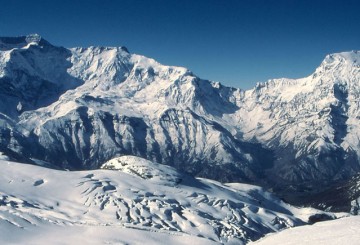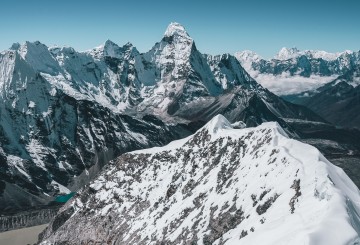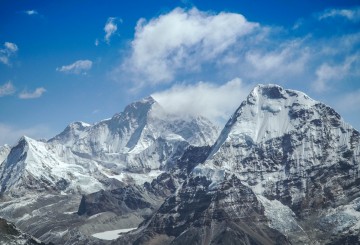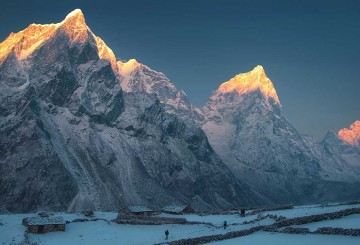Upon your arrival, our representative from Himalayan Sherpa Adventure awaits you at the airport. We will then proceed towards your hotel and brief you about Nepal and your trek. In the evening, we take you to a traditional Nepali restaurant for dinner where we will give you more information about the tour, your city sightseeing and also answer any questions you may have. Overnight in Hotel Mulberry. (B, D)

Pachermo Peak is an attractive snowy peak located in Rolwaling Himalayan region at an altitude of 6273m. First climbed in 1955, Pachermo was mainly accessed through Rolwaling valley, though later this route was closed in the 80’s due to potential dangers to porters crossing the Tashi Lapcha pass (5755m). Today, Pachermo peak can be accessed from both Rolwaling valley and Khumbu valley. Hence this trek offers a striking journey that sums up the beauty of both Rolwaling valley and the Khumbu region of Nepal.
Pachermo peak is a straightforward snow peak with a well-defined north by north west ridge rising from the relatively flat crevasse glacier astride the Tashi Lapcha. To the west of the ridge, the face forms a uniform snow slope broken by crevasses and small seracs rising from the rocky lower above the Drolambau glacier. Although, this peak now can be accessed from both the valleys, major part of the treks will be in remote areas of Rolwaling valley. This means that the trek will be mostly camping with the whole camping crew. And while our itinerary starts with a drive from Kathmandu to Gonggar khola, we will fly back to Kathmandu from Lukla after we have completed our summit of Pachermo Peak.
-
Day 1 Arrive in Kathmandu & transfer to the hotel (1,400m)
-
Day 2 Sightseeing around Kathmandu Valley and trip briefing
Our guide will check your equipment in the morning to see if everything is fine. We will then start our site seeing tour, heading to at least 3 major attractions in Kathmandu. Our sightseeing starts in the morning and should finish around 3 pm. Some major sightseeing places are Pashupatinath, Boudhanath, Swayambhunath, Kathmandu Durbar square etc. You will have the rest of the day free and also a chance to do any last minute shopping before your trek. Overnight in Hotel Mulberry. (B)
-
Day 3 Drive from Kathmandu to Gonggar Khola (1,440m)
After breakfast, we will start our full day drive towards Gongar Khola from Kathmandu in a jeep. It will be a long drive but an adventurous one. You will witness the countryside of Nepal and many beautiful valleys and mountains along the way. Overnight in Gongar Khola. (B, D)
-
Day 4 Trek from Gonggar Khola to Simigaon (2,000m)
Our first day of trekking is along the banks of the Bhotekoshi River. We are accompanied by amazing views of Mt. Gauri Shanker, beautiful waterfalls and charming villages until we reach Simigaon. Overnight in Simigaon. (B, D)
-
Day 5 Trek from Simigaon to Dongkang (3,010m)
We pass through Sherpa villages with magnificent views of the snow capped peaks through the pine forest. The trail further continues descending towards Rolwaling Khola. Overnight in Dongkang. (B, D)
-
Day 6 Trek from Dongkang to Beding (3,693m)
Beding is the largest village settlement in Rolwaling region and is located in a beautiful narrow landscape. Our trail today offers us magnificent views of Mt. Gaurishanker and also the chance to see the local Sherpa villages. In Beding, we can explore the village’s monastery, local houses or go to the viewpoint. Overnight in Beding. (B, D)
-
Day 7 Trek from Beding to Na Gaon (4,200m)
Today we head to the beautiful village of Na. We will start to feel the change in air as we go higher in elevation. Na Gaon is not a permanent village as during the off season (summer time) it’s used for animal grazing and potato farming. Overnight in Na village. (B, D)
-
Day 8 Acclimatization at Na Gaon (rest day)
Today we explore Na village and can hike up to Kharka until Yalung Peak base camp. Overnight in Na village. (B, D)
-
Day 9 Trek from Na Gaon to (Kabuk) Tsho Rolpa Lake (4,920m); Overnight camping
We head towards Tsho Rolpa lake by crossing the river and following south bank of the river. Our trail includes walking through moraines, often ice and snow filled steps. Once we reach Tsho Rolpa lake, we will have time to explore the surroundings. Overnight in camp. (B, L, D)
-
Day 10 Trek from Kabuk to Drolambu Glacier (4880m); Overnight camping
We will start our journey early today to avoid the sun as it causes the snow to melt in our path. So, after breakfast, we’ll start our trek immediately. Our path crosses the glacier, then descends towards the southern ridge of Trakarding Glacier, before climbing uphill to reach Drolumba Glacier. Overnight in camp. (B, L, D)
-
Day 11 Trek from Drolambu Galcier ,crossing Tashi Lapcha Pass (5,755m) to Pachermo BC; Overnight camping
We will start our trek early again, as our trail passes through glacier and icy roads. Tashi Lapcha pass is a rocky, snow covered, and adventurous ridge from both sides. As a reward for completing the pass early, we’ll also be able to enjoy the view, which is better in the morning. After crossing the pass, we set our camp in the Tashi Lapcha Camp for an overnight stay. Overnight in camp. (B, L, D)
-
Day 12 Acclimatization day; Overnight Camping
We use this day to rest and to get all our equipment ready for the summit push. Our mountain guide will give you all the necessary information about the peak to help you prepare mentally and physically. We will go through all the climbing gears and techniques needed to successfully summit the peak. Overnight in camp. (B, L, D)
-
Day 13 Climbing Day [Summit Pachermo Peak Summit (6,187m) and back to Ngole]
Summit day! Like all of our expeditions, we start very early around 1-2 am, with the goal of reaching the summit at the break of dawn to get the best views of the Himalayas. Strong winds are a major factor and can be detrimental in any expedition, hence the early start. Another good reason to start early is to witness the beautiful sunrise over the Himalayas which makes our entire expedition feel priceless and all of our efforts worthy. We’ll prepare with a heavy breakfast, and get equipped with all our gear, as we take off on our long journey ahead. We must follow our climbing guide’s leadership at all times. He will be there to help you and guide you wherever necessary. Once we reach the summit, we are rewarded with glorious views of Cho You, Ama Dablam, Thamserku and other high mountains. After spending some time, we descend down to base camp and trek to Ngole. Overnight in Ngole. (B, L, D)
-
Day 14 Trek from Ngole to Thyangbo Kharka (4320m)
Today we have a long descent down to Thyangbo Kharka. We will be accompanied with beautiful views of Ama Dablam, Makalu and many other high peaks all along our way. Overnight in Thyangbo Kharka. (B, L, D)
-
Day 15 Trek from Thyangbo Kharka to Namche (3400m)
After breakfast we’ll head to Namche today via Thame. It’s an easy trail of ups and downs as we reach Namche Bazaar. Overnight in Hotel Sherpaland. (B, D)
-
Day 16 Trek from Namche to Phakding (2600m)
Today our walk will consist of mostly downhills and an easy trek to Phakding. After climbing Pachermo Peak, these trails will feel much easier. We’ll stop for lunch in Monjo, where the serene sounds of the Dudh Koshi river are very peaceful and relaxing. After lunch, we continue towards Phakding. Overnight in Sherpa Shangrila Resort. (B, D)
-
Day 17 Trek from Phakding to Lukla (2,860m)
It’s the last day of our trek and also an easy walk to Lukla. After breakfast, we will slowly start walking towards Lukla while reminiscing about all the memories of our journey. Our guide will have already arranged and reconfirmed your flight schedule for tomorrow. After reaching Lukla, we’ll have a chance to rest and meet for a final time with the entire trekking crew for dinner. Our team including porters, assistant guide and guide will join you for dinner and bid farewell. By now, you will also have noticed that all our teams are not only professionals in what they do, but they are also great entertainers! We will celebrate our last night by dancing to some Nepali tunes. Overnight in Hikers Inn Lodge. (B, D)
-
Day 18 Fly from Lukla to Kathmandu & transfer to the Hotel
We have a morning flight to catch and our team will help you till the airport. A Himalayan Sherpa Adventure representative will be waiting for you in Kathmandu Airport’s domestic terminal. We will bring you back to your hotel and you will have the rest of the day free. Overnight in Hotel Mulberry. (B)
-
Day 19 Free day in Kathmandu
Free day today for sightseeing around Kathmandu. (B)
-
Day 20 Final departure
We bid a final farewell and drop you to the airport for your departure. (B)
What's Included ?
- All airport and hotel transfers
- 3 nights of hotel stay in Kathmandu on Bed & Breakfast basis
- Professionally trained and experienced tour guide and assistant guides
- Welcome/or Farewell Dinner
- Transportation in our private company vehicle
- Entrance permit and fees for all the Heritage sites
- Trekking permits and Peak permits
- All government and local taxes
What's Excluded ?
- Lunch and Dinner in Kathmandu
- Tips for guides and drivers
- Personal expenses
- Personal Insurance– travel and rescue insurance
- Airfare for international flights to and from Kathmandu
- Rescue services
- Nepalese visa fee
- Services not mentioned in the “Included” section
-
1. What is the best time to visit the Everest region?
- The most popular months for trekking in the Everest region are March, April, May and September, October, November, as these months are when the conditions are at their best. The spring and autumn tend to offer reasonable temperatures, clear skies, little to no rain and less chance of problematic snowfall. The average temperature around this time can range from a high around 20 degree Celsius during the day to -15 degree Celsius at night. - December, January and February have colder temperatures and are less frequently travelled, but this should not deter you from making your trip to the Everest region during these months. The weather is very clear allowing you to see all the majestic mountains and most of the lodges and tea houses are open during this time. Best of all, you don’t have to deal with crowds and will have all the views to yourself!
-
2. How do you get to the Everest region?
- The most popular way to travel the Everest region is by a short 30 minutes flight from Kathmandu to Lukla. Lukla is the starting point for all treks in this region.- There is an alternative way to reach the Everest region by driving from Kathmandu 12 hours to the village of Solu and walking for 2 additional days to reach Lukla.
-
3. What is the luggage weight limit on flights to the Everest region? Do we need to use duffle bags instead of regular luggage (with frame and roller)?
- The luggage weight limit on Everest flights are 15 kgs luggage and 5 kgs of hand carry (personal backpack). Before you start your trek, any unwanted luggages can be left in your hotel in Kathmandu. They will happily store it for you as you will be using the same hotel once your trek ends. - Yes, Duffle bags are better while in the trek because it can store more luggages and helps our porter to manage his load better.
-
4. Where will we be staying during our trek and what to expect from the accommodations? What kind of meals should I expect during the trek?
- We use only the best available accommodations during our treks which can include hotels, lodges and tea houses. Through our decades of experience, we have selected these places for their hygiene, amenities and client satisfaction. - During your trek the food choices might be more limited but you can always expect to find staples such as Dal Bhat, driving from Kathmandu 12 hours to the village of Solu and walking for 2 additional days to reach Lukla. 3. What is the luggage weight limit on flights to the Everest region? Do we need to use duffle bags instead of regular luggage (with frame and roller)? - The luggage weight limit on Everest flights are 15 kgs luggage and 5 kgs of hand carry (personal backpack). Before you start your trek, any unwanted luggages can be left in your hotel in Kathmandu. They will happily store it for you as you will be using the same hotel once your trek ends. - Yes, Duffle bags are better while in the trek because it can store more luggages and helps our porter to manage his load better. 4. Where will we be staying during our trek and what to expect from the accommodations? What kind of meals should I expect during the trek? - We use only the best available accommodations during our treks which can include hotels, lodges and tea houses. Through our decades of experience, we have selected these places for their hygiene, amenities and client satisfaction. - During your trek the food choices might be more limited but you can always expect to find staples such as Dal Bhat, Noodles/ Chowmein, Fried rice, Sandwiches, Soups and French Fries. You can also find some vegetarian options as well. Another common popular Nepali dish is Momo (dumpling) which is very popular among the locals. Make sure to try one when you can.
-
5. Do we need to bring towel, toilet paper? Does all the hotels/ lodges on the route provide bathroom, hot shower and toiletries?
- Not all hotels/ lodges provide the above following. We recommend all our clients to bring their own toiletries. Some hotels will provide attached bathroom with hot shower in your room while others will just provide a common bathroom. - The Everest region is still a remote area with no proper road access. Hence, most of the goods and supplies in this region have to be flown via air. This makes it very difficult and expensive to provide all the facilities. Some of the lodges in the lower Everest region will provide most of the facilities but you need to understand that the higher you trek, the lesser facilities will be available.
-
Do we need to bring a sleeping bag and how warm will the room be?
- Up until Namche, you will not be needing a sleeping bag. You will only need a sleeping bag in the higher elevation like around Everest base camp. Some lodges will give extra blankets but having your own sleeping bag is better. Your porter will put your sleeping bags in the duffle bags that he carries. If you don’t have a sleeping bag, you can always buy one in Kathmandu or rent through our company.
-
7. If we bring water bottle, where can we refill clean drinkable water?
- Unfortunately, the Everest region does not have a system of refilling clean drinkable water. The only way to do so is to purchase a bottle mineral water and then to pour it onto your water bottle. Purchasing mineral water is very easy in the Everest region but please know that the higher you go, so will the price of water. Also, please remember to recycle the plastic bottle or to give it to your guide or the lodge who will recycle it. It is not advisable to drink tap water. Please only use mineral bottle water or boiling water.
-
8. What about Laundry services and ATM’s along the trek route? Do they accept US dollar during the trek?
- Laundry machines are very rare in the mountains so please check with your guide for this services. Trekkers usually will not have big laundry during the trek and the little items such as socks and towels can be hand washed and later dried in the sun or by the fire. Most trekkers will only do their laundry once they are back in the capital Kathmandu where you can find plenty of Laundry services. 7. If we bring water bottle, where can we refill clean drinkable water? - Unfortunately, the Everest region does not have a system of refilling clean drinkable water. The only way to do so is to purchase a bottle mineral water and then to pour it onto your water bottle. Purchasing mineral water is very easy in the Everest region but please know that the higher you go, so will the price of water. Also, please remember to recycle the plastic bottle or to give it to your guide or the lodge who will recycle it. It is not advisable to drink tap water. Please only use mineral bottle water or boiling water. 8. What about Laundry services and ATM’s along the trek route? Do they accept US dollar during the trek? - Laundry machines are very rare in the mountains so please check with your guide for this services. Trekkers usually will not have big laundry during the trek and the little items such as socks and towels can be hand washed and later dried in the sun or by the fire. Most trekkers will only do their laundry once they are back in the capital Kathmandu where you can find plenty of Laundry services. - ATM’s are also available but only in certain places. So we urge you to use the ATM’s in Kathmandu where there are plenty and also their service fee will be comparatively less than in the mountains. - Yes they accept US dollar in the mountains but you will get a better deal if you exchange it in Kathmandu in the money exchange shops.
-
9. Is Internet/ Phone available up in the mountains? How do I charge my electronics?
- Internet is available but you will need to purchase it from the lodges. If you have bought a Nepali sim card then depending on the subscription, you can also get mobile data services but this is not a guarantee in all areas of the mountain. If your trek is above 4,000 meters high, we will send a company satellite phone along with the guide just in case of an emergency. - We recommend that our clients bring a power bank with them as electricity is limited especially at higher altitudes. We also found out through some of our clients that the solar powered power bank works well during the trek. So we recommend to have both or at least a power bank. Some lodges will provide free electricity for you to charge your power bank and in higher altitudes you may have to pay to charge your electronics. urge you to use the ATM’s in Kathmandu where there are plenty and also their service fee will be comparatively less than in the mountains. - Yes they accept US dollar in the mountains but you will get a better deal if you exchange it in Kathmandu in the money exchange shops. 9. Is Internet/ Phone available up in the mountains? How do I charge my electronics? - Internet is available but you will need to purchase it from the lodges. If you have bought a Nepali sim card then depending on the subscription, you can also get mobile data services but this is not a guarantee in all areas of the mountain. If your trek is above 4,000 meters high, we will send a company satellite phone along with the guide just in case of an emergency. - We recommend that our clients bring a power bank with them as electricity is limited especially at higher altitudes. We also found out through some of our clients that the solar powered power bank works well during the trek. So we recommend to have both or at least a power bank. Some lodges will provide free electricity for you to charge your power bank and in higher altitudes you may have to pay to charge your electronics. - Tip: Batteries will lose their charge fast in colder temperatures. So we recommend tucking your electronics in your blanket/ sleeping bag or you might find your phone/ camera dead in the morning.
-
10. How common is Altitude Sickness? What to do if I get one?
- While trekking in the Himalayas, there is always a chance of dealing with Altitude sickness, but there are many things that you can do to minimize the risks. Our itinerary programs are carefully designed to ascend slowly and to provide proper acclimatization activities. Our experienced guides will remind you to stay hydrated and also look out for any early signs of distress. - Our guides receive training every year on Altitude sickness. If they think that you are showing symptoms of Altitude sickness, they might perform some simple diagnostic tests such as checking your oxygen level or asking you to walk in a straight line. The most effective treatment for altitude sickness is to descend to a lower elevation. However, in severe cases or certain conditions where descending is not possible our guides will coordinate an air evacuation as soon as possible. - Note: All of our guides are trained to administer oxygen. Every trek that goes above 4,000 meters will be equipped with an oxygen cylinder and a satellite phone incase of an emergency.
-
11. Do we need to carry travel insurance?
- Yes, travel insurance is mandatory while trekking with us. Please ensure that your insurance covers air evacuation service. While trekking to the Himalayas, there is a risk of dealing with an altitude sickness. In case of such emergencies, your air evacuation insurance will help you cover the cost or else the trekker will have to solely bear the costs. Our treks are organized in a very thoughtful manner so you will not have to face such adversities, but we always want our guests to travel in a peace of mind.
-
12. Do I need guide and porters for my trek?
- Yes, having a trekking guide and porter is necessary part of your journey. We have our team of guides and porters who work with us every season. Guides and Porters are an integral part of what we do so they are a vital team member. All of our guides are trained every year on leadership skills and basic first aid skills. Our porters are treated fair by limiting the weight they carry and paying well for the job they do. Trekking in high altitude requires good support team and it is very important to have trekking guide and porter along with you. We treat our porters fairly by only allowing 24 kgs of maximum load and limit per trekker a maximum of 12 kgs (26 lbs) to be carried. 1 porter can carry the load of 2 clients.
-
13. Do I have to tip my guide/ porter?
- Tipping culture is not mandatory but highly appreciated. Please keep in mind that our guides/porters will not ask you for anything– including tips. However, if you think that they have performed well while doing their job, and earn your appreciation or a "thank you", you may by all means tip them any amount you find reasonable. Typical guidelines on tipping the guides are $5 - $10 per day and for porters $3 - $5 per day. Most clients often leave tips in the last night of their trek.
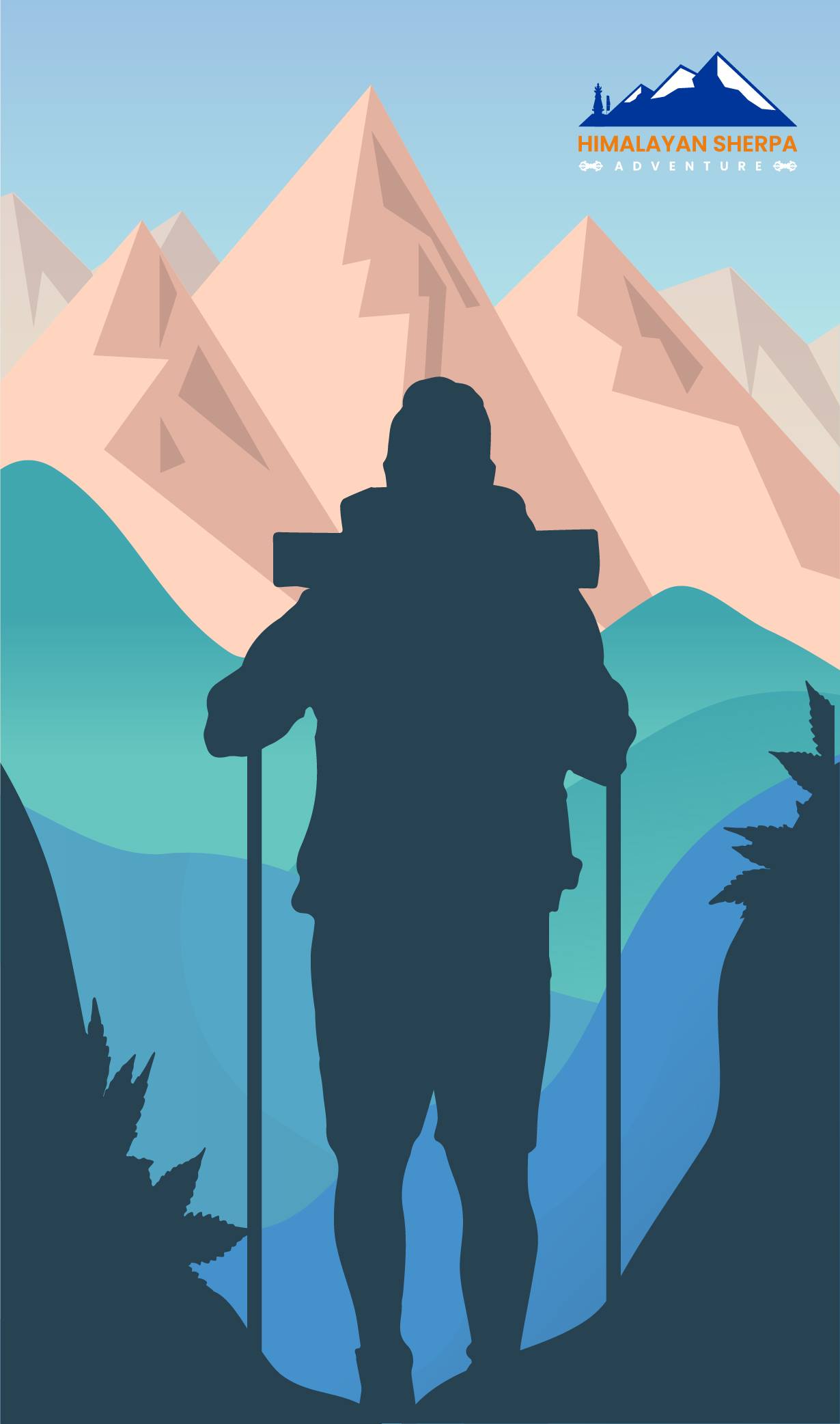
-
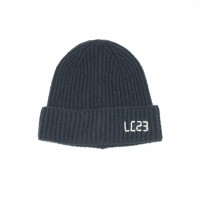
hats/beanie
-
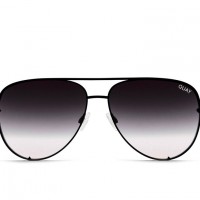
Sunglasses
-
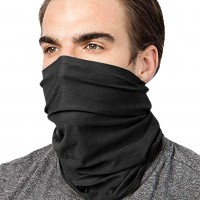
Scarf/Buff.
-

Candies/sweets
-
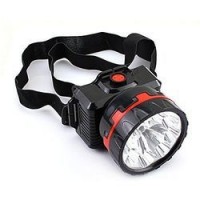
Headlights.
-
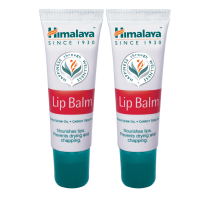
Lip balm
-
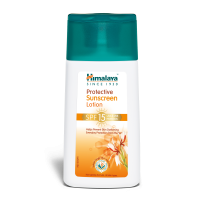
Sunscreen
-
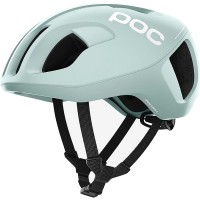
Helmet.
-
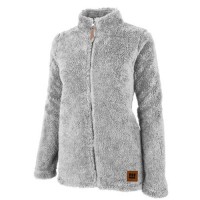
A warm fleece
-
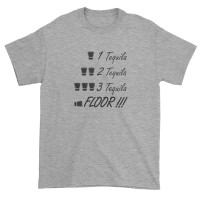
fewT shirts/ long and short sleeve shirts.
-

Daun Jacket
-
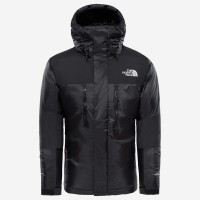
Windstopper jacket
-
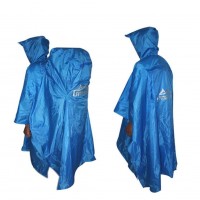
ponchos/Raincoat
-
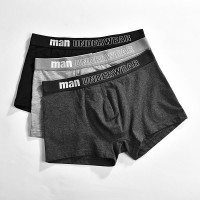
A few pieces innerwear.
-
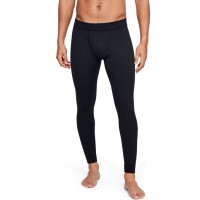
few pairs ski underwear
-
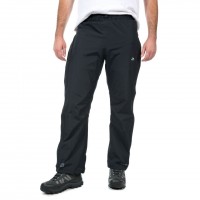
windproof trouser
-
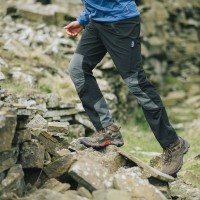
trekking trouser / Hiking Trouser /leggins
-
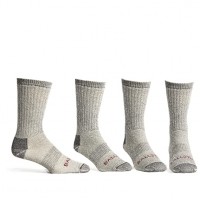
pairs of Trekking Socks
-
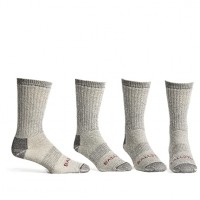
pairs woolen socks.
-

Slipper & Sandals
-
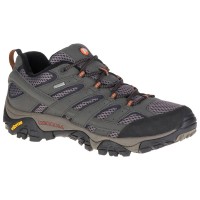
trekking shoes
-
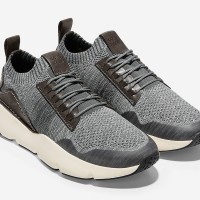
one comfortable shoes
-
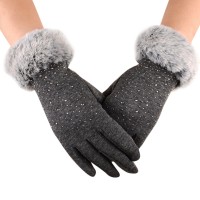
thin gloves & think gloves
-

backpack / Rucksack (waterproof)
-
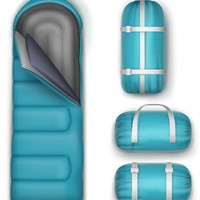
Sleeping bag -10* C
-

Duffel bag
-
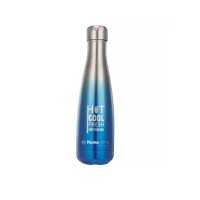
Water bottle
-
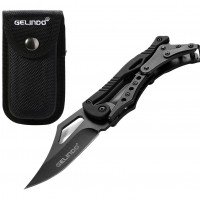
Pocket knife
-
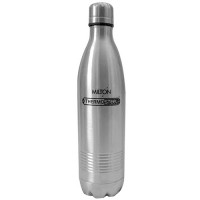
thermos
-
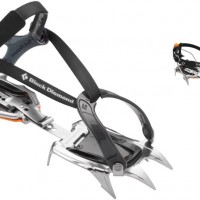
Crampons.
-

Ice Axe.
-
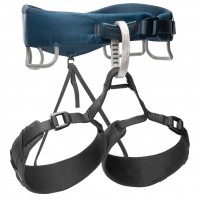
Climbing harness.
-
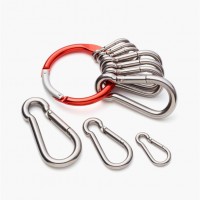
carabiner.
-

Figure Eight.
-

A few pairs prusiks.
-
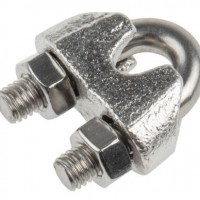
Rope clamp.
-
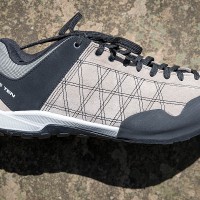
Robust shoes for climbing.
-
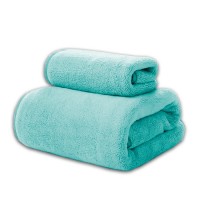
Towel & hand towel
-
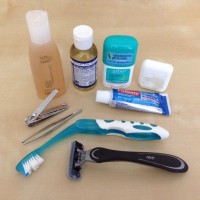
Toiletries
-

Trekking poles

You May Also Like


